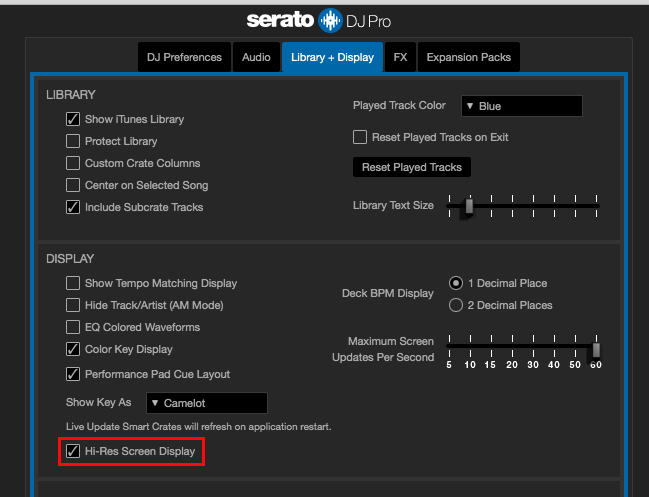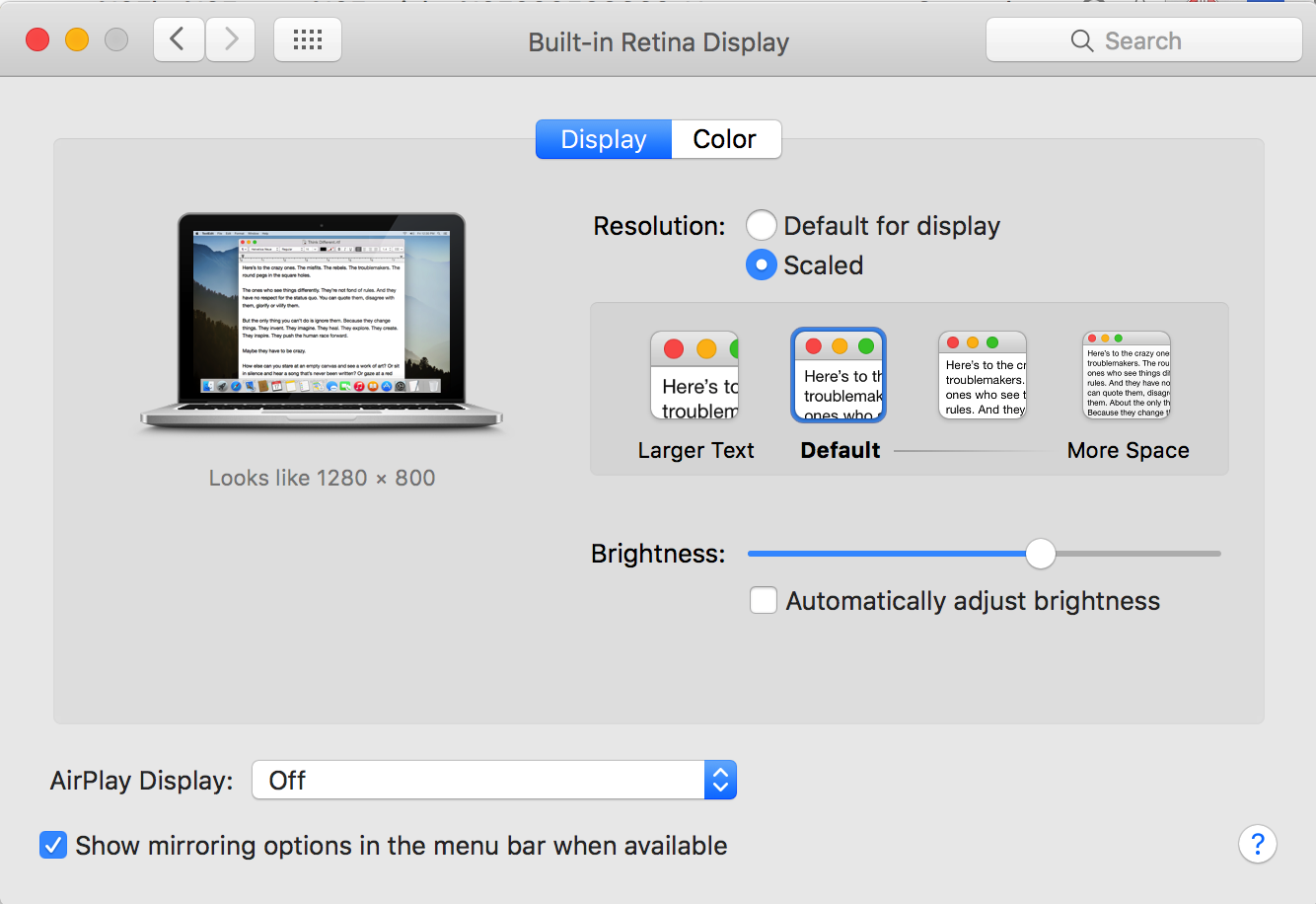
You get both 1/4” and 1/8” headphones sockets, and the Aux controls feature a volume knob, and a three-way switch for off/line/portable (to adjust the input gain depending on what type of auxiliary device you have plugged in).
#Serato video specs plus#
There are level controls for two mics, plus EQ and echo controls (ganged for both mics), plus a mic on/off/talkover switch. Here you’ll also find the channel switches, letting you choose between up to two laptops running Serato, and phono/line sources (the mixer is also “standalone”, and can work with analogue sources, too.) The front panelĪlong the front of the controller, you’ll find the microphone controls, extra mixer controls, the headphones sockets, and Aux input controls.įor the mixer, there are reverse switches (for both the crossfader and the upfaders), curve adjustment knobs for all three faders, and a mechanical “feeling adjust” knob to tighten or loosen the crossfader.
#Serato video specs software#
The top section of the mixer again copies the S-series mixers, with effects paddles, control over both built-in hardware effects and Serato’s software effects, and all of the standard volume, EQ and filter knobs, including booth and master knobs. The top section hosts both hardware and software effects, and if you’ve used a DJM-S7 (or similar) style mixer, you won’t find many surprises here.

This is also where you’ll find Silent Cue buttons – a nice addition. The “central” section of the mixer, then, is for the performance pads, which are the same excellent size and quality as found on the DJM-S7. Learn to scratch with us: Scratching for Controller DJs
#Serato video specs pro#
So you get the classic scratch layout: The lower third of the mixer given over to the high quality Magvel Pro crossfader and upfaders, plus just a few other controls tucked out of the way (headphone cue faders/knobs, Smooth Echo – yes, that’s made it across! – and sampler volume). The mixer section has a spacious lower third, to let the fader area shine! Just as the deck sections take their inspiration from turntables set up for scratching, the mixer section takes its inspiration from Pioneer DJ’s iconic two-channel Serato scratch/controller mixers, specifically the current DJM-S7 and its hugely popular predecessor, the DJM-S9. The decks themselves have inconspicuous pitch bend/waveform zoom buttons, display mode buttons, and stop/start time knobs.
Cycling through the various platter display modes, which include waveforms, key, current loop mode, time setting, tempo setting and tempo range setting.Īlso at the top of each deck section are a library encoder and buttons, auto loop, slip/censor/key controls, tempo range and tempo reset buttons, and a set of four buttons aligned to a new “Instant Scratch” function, although as we’ll see, they do a lot more than that (more on these later). (Fun fact: Scratch DJs do this to move the tone arm mechanism into a safer position for scratching.)ĭoing so on a real turntable would put the start/stop button on the lower right and the pitch control horizontally at the top, which is exactly where those controls are found on the DDJ-REV7. The other big news here is that Pioneer DJ has gone for “battle” layout – as if you’d turned two turntables 90 degrees, as scratch DJs usually do. Read this next: Platters vs Jogwheels – Which Is Best For DJing? They feel highly convincing, too – a must, of course. It’s a clever design, because it means that – unlike the more traditional-feeling “turntables” on the unit’s biggest competitor, the Rane One – these have no central spindle or locking mechanism, meaning there’s more “hand space”, and of course, room for the built-in screens. Removing the platter to access the “slip sheet” underneath. These are easily replaceable, and I can see custom sheets (and, indeed, vinyl) coming very soon, either from Pioneer DJ or third parties, for the DDJ-REV7. The “vinyl”, complete with window to look through to the built-in screens, lifts off, and underneath are plastic discs (“slip sheets”) that do the job of slipmats, allowing the vinyl top surface to behave like real vinyl would on a record deck. The two identical deck sections are dominated by 7” motorised platters, that look like turntables, with tapered, strobe-dotted edges, and “real vinyl” surfaces. It’s all-black, with a mixture of silver, black, white and grey knobs, buttons, faders and pads.

It has metal-plated top surfaces, and plastic sides and bottom, as is the way Pioneer DJ tends to construct its pro gear.

It’s quite heavy, due in no small part to the motors built-in to rotate the platters, and feels well built. It’s relatively shallow, with low-profile rubber pads underneath instead of feet. I’d say it’s the “large end” of medium-sized, but nowhere near as deep, wide or bulky as, say, the XDJ-XZ. The DDJ-REV7 is a fairly large controller, although it is still possible to carry it under one arm, just.


 0 kommentar(er)
0 kommentar(er)
